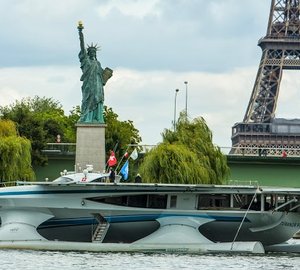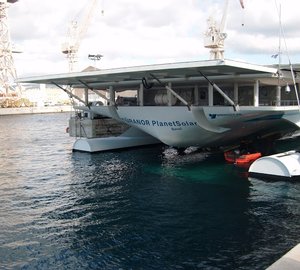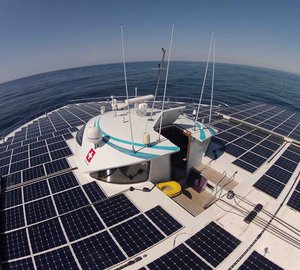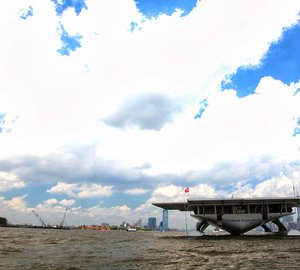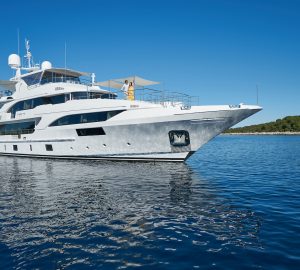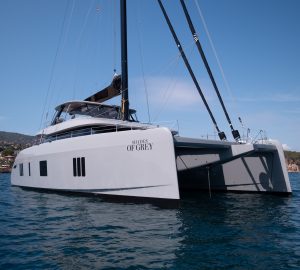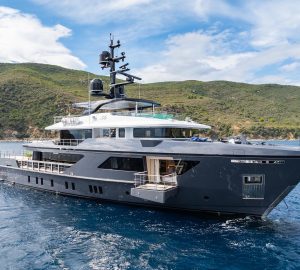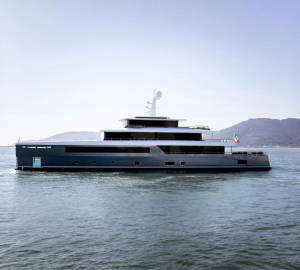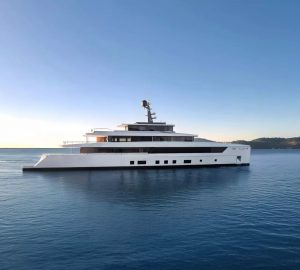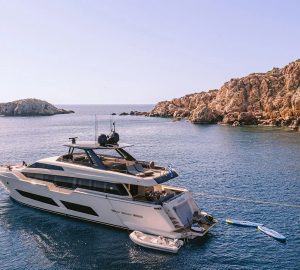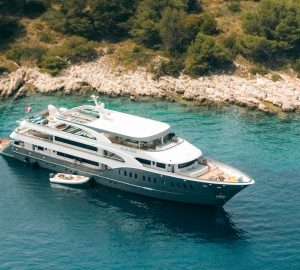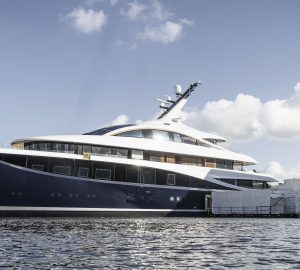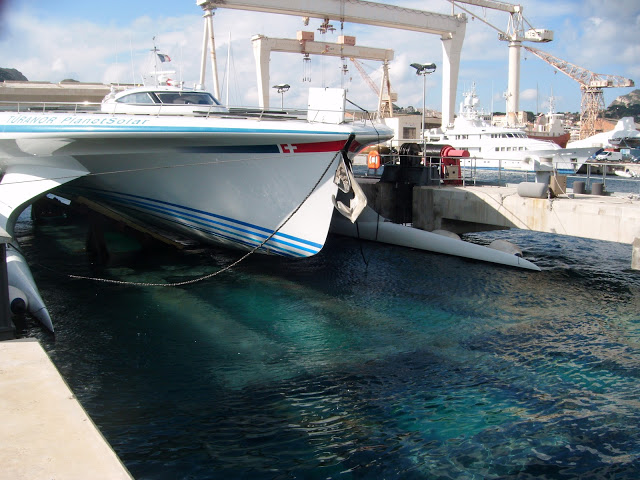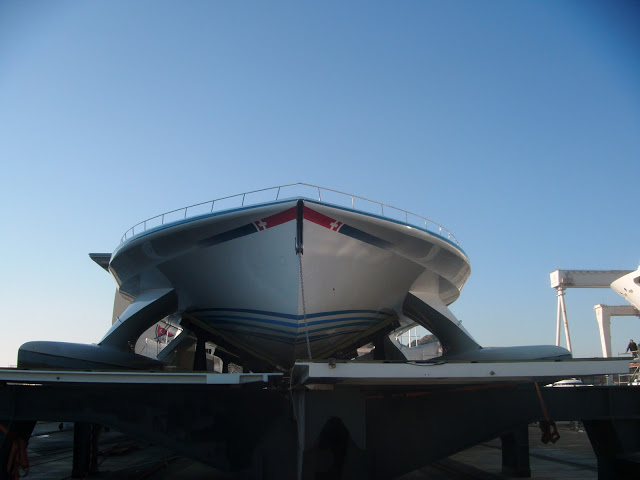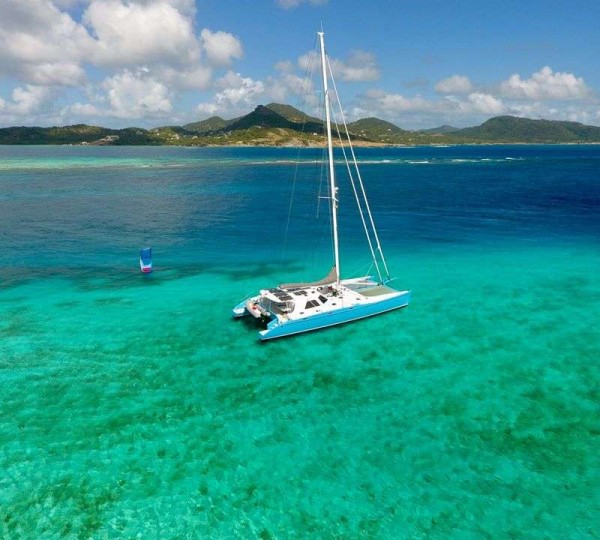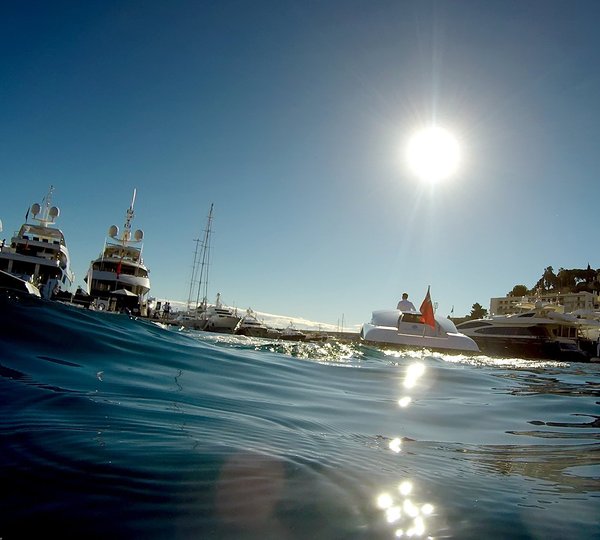After more than six months of maintenance as well as optimization, the MS Tûranor PlanetSolar is back in the water and getting ready for its 2013 solar campaign. The recent improvements will expand and diversify the ship’s applications, and enable it to reach the northernmost part of the Atlantic for the first time.
A scientific expedition along the Gulf Stream, a waste collection campaign in European waters, and even educational events, this is a brand new crew that will be leading the largest solar vessel ever built on its 2013 campaign, which will be officially launched on March 18 in Monaco.
The success of the first trip around the world powered exclusively by solar energy has demonstrated the maturity of the prototype’s photovoltaic technology. Those two years of solar navigation were instructive for PlanetSolar and led to an initial assessment of the vessel’s performance. This assessment indicated where optimizations were needed to make the ship more efficient and maneuverable. These improvements will expand and diversify the ship’s applications and uses; notably, enabling it to navigate to the northernmost part of the Atlantic, near the Artic, for the first time.
Six months of dry-docking were necessary for PlanetSolar to carry out the ship’s maintenance work and optimizations, such as refurbishing the cabins, creating a sundeck on the bridge, reinforcing the mooring cleats, increasing water tank capacity, and improving the rudder. The most substantial optimizations were made to the propulsion system—the surface propellers were replaced by a completely immerged system, and more powerful electric motors were installed on the bow thrusters. Now that this maintenance is complete, the MS Tûranor PlanetSolar is back in the water to begin a navigation phase test that will reevaluate its performance, and primarily its speed—a key element in the successful completion of its 2013 campaign.
2013 will illustrate the MS Tûranor PlanetSolar’s numerous practical applications
In 2013, PlanetSolar intends to demonstrate the practical applications of the largest solar boat ever built. It will move beyond its role as mobile ambassador of solar energy and become a multifunctional tool, just like a Swiss Army Knife.
The MS Tûranor PlanetSolar will officially begin its 2013 campaign on March 18 in the Principality of Monaco, where the journalists will be invited to discover the ship’s new design and crew for the first time. It will then leave for the Atlantic, where it will attempt to break its own world record speed for a transatlantic crossing that is powered only by solar energy (26 days in 2010).
From May, in collaboration with the University of Geneva, the ship will become a platform for scientific research in the framework of the “PlanetSolar DeepWater”expedition. Led by Professor Martin Beniston, climatologist and co-winner of the Nobel Peace Prize, an onboard scientific team will collect new data along the Gulf Stream. The ship will follow the ocean current from Florida to the Far North and will put into port in Miami, New York, Boston, St. John’s, Reykjavik, Bergen, Oslo, and Paris.
In the summer, the MS Tûranor PlanetSolar will be called upon to clean up floating waste in European waters. In collaboration with the Waste Free Oceans Foundation, the ship will be equipped with an ingenious trawling net that can collect up to 8 tons of marine pollution. In the fall, the catamaran will continue its solar energy promotion campaign and sail to the cities of Izmir and Istanbul. These stopovers will be unique opportunities to meet with local populations and promote photovoltaic energy. Instructive events aimed at young audiences will be organized aboard the ship.
A brand new crew for the 2013 campaign
The crew that successfully led the MS Tûranor PlanetSolar on its first solar-powered trip around the world has left the ship to return to civilian life. The Swiss solar vessel will host a brand new international crew for its new missions. The crew members will be introduced on March 18 in Monaco during the official launch of the campaign.

